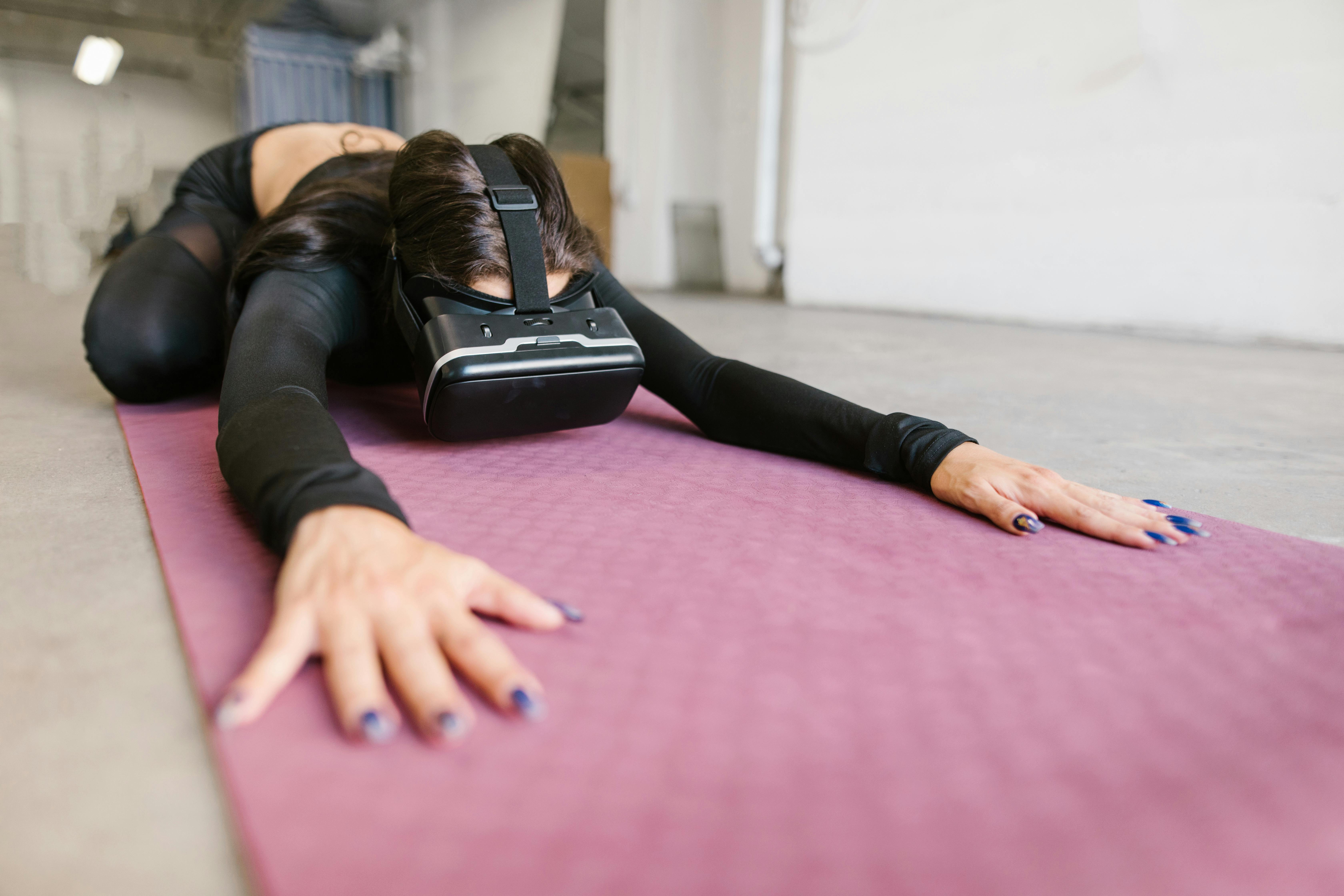Building Future Fit Homes for a Sustainable Tomorrow
Imagine a home that not only shelters you but adapts to climate shifts, saves money, and minimizes environmental impact. As society faces pressing ecological challenges, the concept of future fit homes is rising in relevance and necessity. In this article, you’ll explore the foundation, practical steps, and advanced innovations behind these homes—and why embracing them is a smart move for a better future.

Understanding the Fundamentals
Future fit homes are designed to be resilient, efficient, and environmentally friendly while incorporating the latest smart technologies. These homes go beyond standard energy-efficient buildings by adapting to changing environmental and lifestyle demands.
Historically, home design prioritized immediate comfort and cost. Today, however, shifting climate conditions and digital advancements have reshaped the expectations of what a modern home should be.
1.1 Energy Efficiency at the Core
Energy-efficient design is the backbone of future fit homes. These homes optimize insulation, use energy-saving appliances, and often integrate renewable energy sources like solar panels. According to the U.S. Department of Energy, homes with modern insulation and smart thermostats can reduce energy bills by up to 30%.
Real-world applications include net-zero homes, which generate as much energy as they consume. A common misconception is that energy-efficient upgrades are expensive; however, long-term savings often outweigh the initial investment.
1.2 Smart Home Integration
Unlike traditional dwellings, future fit homes seamlessly incorporate smart technology. From automated lighting to AI-powered HVAC systems, these technologies increase comfort while reducing resource use.
Smart home devices allow real-time monitoring and control, contributing to lower carbon footprints and enhanced living experiences. Integrating these systems can future-proof homes against both technological and environmental shifts.
Practical Implementation Guide
Turning an existing home into a future fit home or building one from scratch involves strategic planning and execution. Results vary depending on your location, budget, and goals, but improvements can start small and scale up over time.

2.1 Actionable Steps
- Conduct an Energy Audit: Begin by assessing your current energy use. Many utility companies offer this service for free or at a low cost.
- Upgrade Insulation and Windows: Focus on thermal performance by sealing air leaks and installing energy-efficient windows.
- Install Smart Systems: Introduce smart thermostats, lighting, and energy monitors to control consumption proactively.
2.2 Overcoming Challenges
Common challenges in creating future fit homes include high upfront costs, limited contractor expertise, and outdated infrastructure. To mitigate these:
- Research local rebates and tax incentives for green upgrades
- Work with certified green builders or retrofit specialists
- Phase improvements to manage cost and disruption
Watch for red flags such as incompatible devices or overspending on non-essential features. Experts suggest prioritizing foundational upgrades before moving to luxury enhancements.
Advanced Applications
Once the basics are in place, advanced techniques can take your future fit home to the next level. These innovations enhance sustainability, safety, and livability, especially in a rapidly evolving environment.

3.1 Grid-Interactive Homes
These homes communicate with the electric grid to balance energy use, store excess power, and feed it back during peak hours. Case studies from California show households earning utility credits through this system.
Performance metrics include improved energy resilience, especially during outages. These homes are critical in regions prone to extreme weather.
3.2 AI-Powered Automation
Advanced homes leverage artificial intelligence to learn user habits and adjust systems autonomously. Whether adjusting lighting for mood or anticipating heating needs, these systems optimize comfort and efficiency.
Compatibility with voice assistants, security cameras, and even vehicle chargers ensures seamless integration, making your home a dynamic and responsive space.
Future Outlook
Looking ahead, future fit homes will increasingly incorporate AI, decentralized energy systems, and biophilic design. Innovations like carbon-capturing concrete and water recycling units are on the horizon.
Experts project that by 2030, over 50% of new homes in developed countries will meet or exceed future-fit criteria. Preparing now ensures you’re aligned with regulations and positioned for long-term benefits.
Conclusion
Key takeaways include understanding the foundation of future fit homes, actionable steps for transformation, and advanced tools for optimization. These homes offer financial, environmental, and lifestyle benefits that traditional homes simply can’t match.
Ready to build a resilient, efficient home? Start by evaluating your current setup, explore available technologies, and connect with sustainable design professionals. The future is fit—make sure your home is too.
Frequently Asked Questions
- Q: What is a future fit home? A future fit home is designed for long-term sustainability, incorporating energy efficiency, smart technology, and resilience to environmental changes.
- Q: How do I start making my home future fit? Begin with an energy audit, followed by upgrades to insulation, lighting, and smart systems.
- Q: How long does it take to transform a home? Depending on your goals and budget, it can take anywhere from a few weeks to several months. Phased implementation is common.
- Q: Is it expensive to build or convert to a future fit home? Costs vary but can range from $5,000 for basic retrofits to over $50,000 for full transformations. Incentives often offset expenses.
- Q: How does a future fit home compare to a regular energy-efficient home? While both aim to reduce consumption, future fit homes also include adaptability, smart systems, and long-term resilience features.
- Q: Are future fit homes difficult to maintain? With smart diagnostics and automation, maintenance is often easier and more proactive than in traditional homes.
- Q: Can businesses or rural homes benefit from this concept? Absolutely. Whether urban or remote, any structure can be upgraded with scalable, tailored strategies for future fitness.
